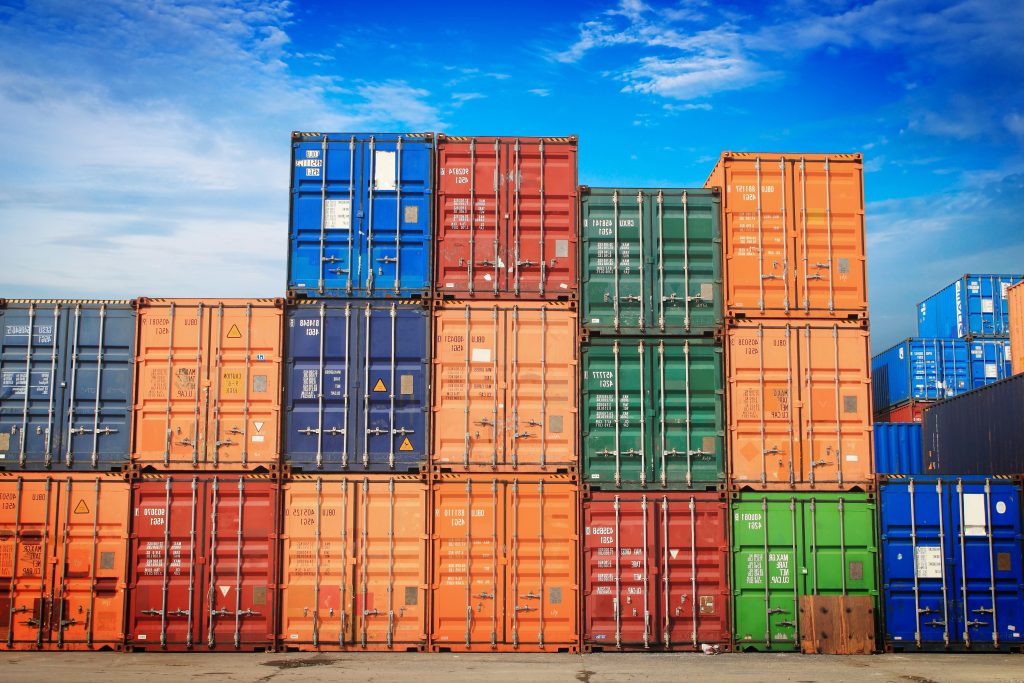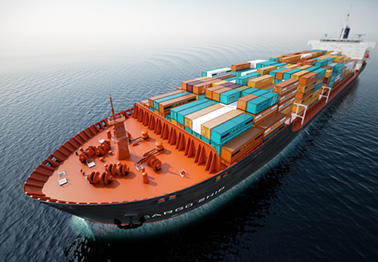
Current position:Home > News
2023-12-15
The global container shipping forecast reveals a cautious yet stable growth trajectory through 2025. Despite macroeconomic headwinds, containerized trade continues to demonstrate resilience, supported by regional diversification and a gradual recovery in consumer demand.
Between 2023 and 2025, global trade volumes are projected to expand modestly, driven by regional trade optimization and improved head-haul efficiency. Forecasts indicate container volume growth between 0% and 1% in 2023, followed by steady acceleration to 3%–4% annually in 2024 and 2025.
In 2023, third-quarter container activity exceeded expectations. Back-haul and regional trades performed particularly well, prompting analysts to lift forecasts for the final quarter. Consequently, total annual container volume projections rose by 0.5 percentage points, reflecting stronger-than-anticipated trade resilience.
However, while growth remains modest, the container shipping market continues to adjust to post-pandemic normalization. Freight rates have stabilized, and vessel utilization remains high in key head-haul corridors.
The forecast for 2024 remains consistent at 3%–4% volume growth, although head-haul and regional trades are expected to slow slightly by 0.5 percentage points. By 2025, container volumes should expand at a similar rate, reaching 3%–4% overall growth, with head-haul and regional trades outperforming slightly at 3.5%–4.5%.
This steady rise indicates a rebalancing of global trade flows and stronger regional connectivity, particularly between emerging markets in Asia, Latin America, and the Middle East.

According to the International Monetary Fund (IMF), global GDP growth is forecast to ease to 3.0% in 2023, down from 3.5% in 2022. Growth expectations for 2024 and 2025 stand at 2.9% and 3.2%, respectively.
The slowdown is primarily driven by weaker performance in Europe, where the Europe & Mediterranean region experienced a significant contraction. Germany’s economy, for instance, is projected to shrink by 0.5% in 2023.
However, as inflation stabilizes and industrial output improves, growth is expected to rebound above 2% in 2025.
North American import volumes fell sharply by 5%–6% in 2023, following subdued demand in late 2022. While import activity rebounded slightly in the second half of 2023, this improvement was largely due to the previous year’s low base.
For 2024, imports are expected to grow between 2.5% and 3.5%, reflecting a slow but steady recovery. Yet risks remain, as sustained consumer spending may not be feasible in the long term.
The U.S. Bureau of Economic Analysis reports that inflation-adjusted consumer spending stands 11% higher than in 2019, while disposable income has grown by only 1%. Much of this spending has been supported by pandemic-era savings, which may deplete by mid-2024, potentially dampening demand.
For the Europe & Mediterranean region, import volumes are forecast to grow between 2% and 3% in 2023, following an 8% decline in 2022. Modest expansion is projected for 2024 and 2025, at 2%–3% and 2.5%–3.5%, respectively.
Even with three consecutive years of growth, volumes will remain below pre-pandemic levels. Despite this, retail sales have shown resilience, increasing 5% since 2019, compared to nearly 15% in the U.S.
Manufacturing remains under strain, with the eurozone PMI staying below 50 since July 2022, indicating contraction. Recovery will depend heavily on easing inflation and lower interest rates in 2025.

After a 2.6% decline in 2022, East and Southeast Asia experienced slight negative growth in 2023, ranging from -0.5% to -1.5%. However, forecasts point to 2%–3% growth in both 2024 and 2025.
China remains a focal point in global maritime logistics. Despite an uneven recovery, the IMF expects China’s GDP to reach 5.0% in 2023, before slowing to 4.2% in 2024 and 4.1% in 2025. Yet, improved industrial indicators suggest a gradual rebound in exports and containerized imports.
The OECD’s Composite Leading Indicator for China surpassed 100 in early 2023, signaling renewed momentum in manufacturing and supply chain activity.
Although emerging markets currently account for only 23% of global import volumes, they are expected to drive nearly 40% of total growth in 2024–2025.
The Indian Subcontinent & Middle East, South & Central America, and Sub-Saharan Africa regions are leading this transformation. Between 2022 and 2025, these markets are projected to achieve over 20% growth in import volumes, following years of stagnation.
South and Central America, in particular, are forecast to grow 8%–9% in 2024 and 9%–10% in 2025, making them the fastest-expanding trade regions globally.
Because head-haul routes into these regions are typically longer, ship demand is expected to rise faster than volume growth. Analysts estimate 2.5%–3.5% growth in vessel demand in 2023 versus 0.5%–1.5% volume growth. This dynamic is projected to persist through 2025, reinforcing the need for capacity planning and efficient route optimization.
The current container shipping outlook suggests a gradual yet resilient expansion. Trade routes are diversifying, regional markets are maturing, and vessel deployment is becoming more balanced.
Nevertheless, challenges such as inflation, geopolitical uncertainty, and changing consumption patterns will continue to test the global supply chain’s adaptability.
Logistics providers must therefore embrace data-driven forecasting, optimize container utilization, and strengthen regional trade corridors to maintain competitiveness.
In summary, while global trade remains below pre-pandemic highs, the forecasted growth between 2024 and 2025 reflects cautious optimism. Emerging economies will continue to act as the main engines of demand, while mature markets like North America and Europe stabilize.
As container shipping forecasts evolve, sustained investment in digital logistics and capacity management will be crucial for capturing new growth opportunities in an increasingly interconnected world.